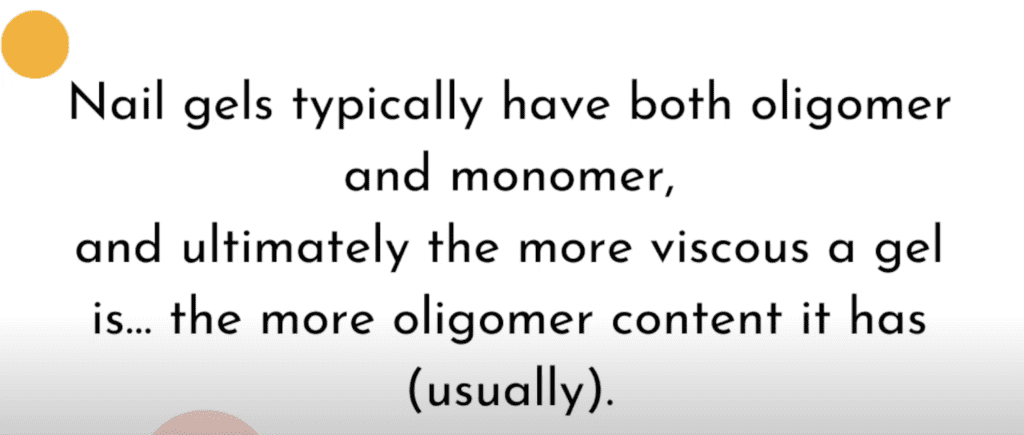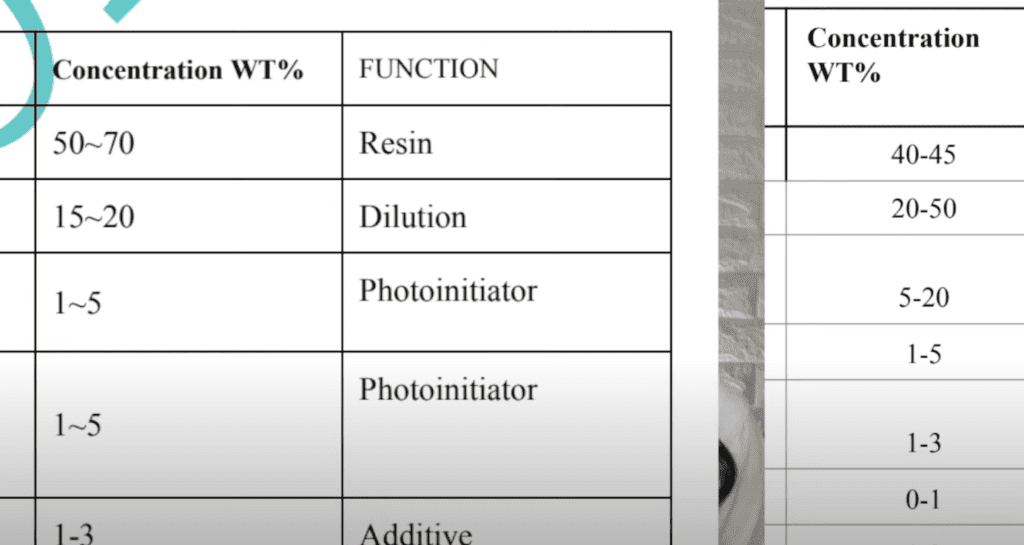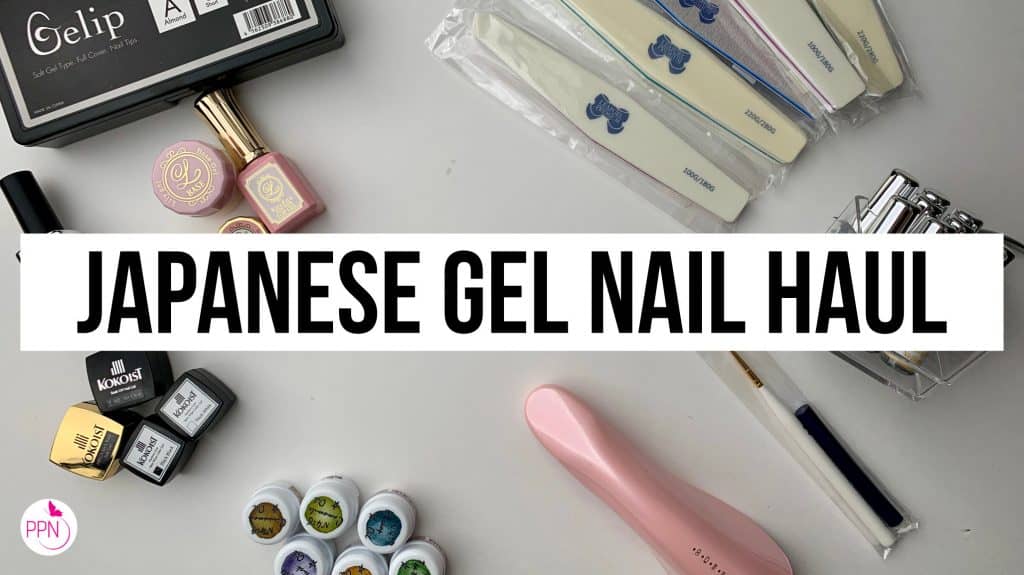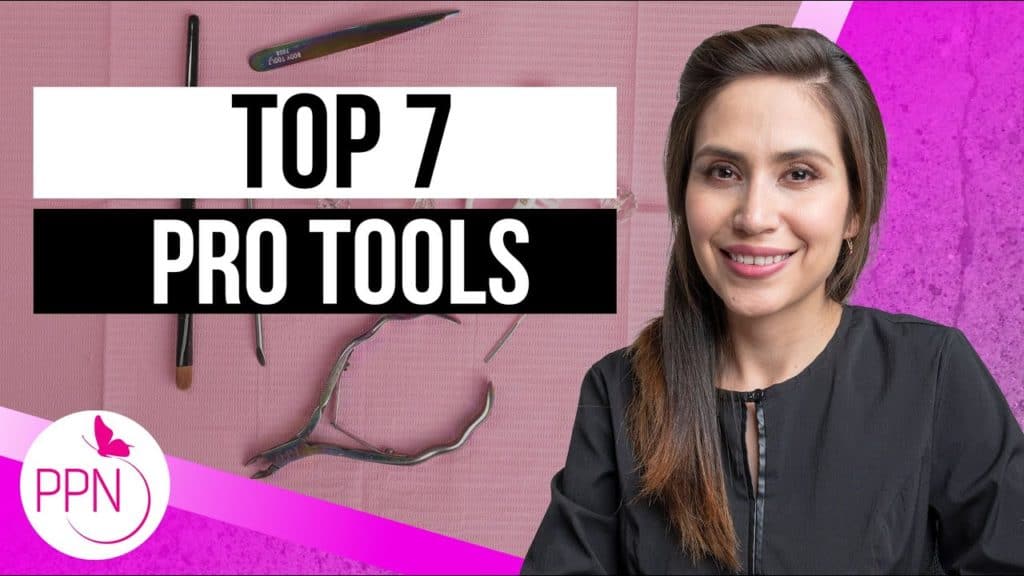Have you ever wondered why some gels cost more than others?
Today we’ll go over three key factors that drive up the cost of your gels and whether either is worth the splurge.
Let’s begin!
Factor #1 INGREDIENTS
Ingredients will most likely be the primary reason your gel nail products are much more expensive. And this factor matters greatly and is definitely worth the splurge, especially as a professional nail tech.
Let’s take a moment to learn about nail gel composition…
Nail gels are made up of synthetic resins; these vary in price depending on the resin type. For instance, nail glue is a type of resin… But here’s a cool fact for all of us gel nail technicians. Light-curing resin is the most expensive of resins. (Look at us! We’re fancy 💃)
What typically drives up the cost of a gel nail ingredient is the quality and also how much of those quality ingredients your gels are made up of…
And! If the manufacturer manufactures that nail gel from raw materials (i.e., from scratch). Like, did you buy that Caesar Dressing at the store, or did you buy all of the different components to make your own at home “from scratch” – makes sense?
And… Disclaimer: For the sake of our brains and me, erroring…
This post won’t be very “science-cy. As you may have already been able to tell by the Caesar Dressing analogy 😁Either way, now that you know, you’re working with the most expensive type of resin in the market, i.e., light-curing resin. How do you continue with choosing the best of the best?
If you’re here, you want that, and guess what? So does your client. She doesn’t go to get her hair done and say put the cheapest stuff you got on me, or she doesn’t get a facial and ask for the cheapest products the therapist has. Am-I-right?
But how do you know if what is inside your gel is quality? Especially when you are a nail tech by trade, not a scientist.
The non-sciency way is brand reliability.
Just like you know, UGG boots will last you years, which is why you pay a premium for them; you may have that trustworthiness with a particular nail brand. You just know they are qualified by their track record and their many years in the industry.
But what about when it’s a new brand to you?
Here’s how to get to trusting the quality of a gel product when it is new to you:
You want your gels to be more resin, more “gel,” and fewer dilution ingredients. Or as with higher quality gels…More oligomer-based and fewer monomer components. They are both resin materials. (to my understanding) Oligomers just have a significantly bigger molecular size than monomers. Think of oligomers as that viscous gel in your little pot of gel and monomers as the acrylic liquid for acrylic nails.
Massive difference in viscosity!
Bigger molecule liquids (like oligomers) do not penetrate the skin and nail layers as easily as smaller molecule liquids (like some monomers).

In potted soft gel systems, the viscosity will range depending on the intended use of that gel. This is why in general, bottles will be less viscous (more thin or runny); and I don’t know about you, but I want the more resin/gel/oligomer-y stuff!
I want the best of the best (and again, so do most of your clients!)… If I want those puffy cozy boots, I want UGG as long as I can afford UGG before I settle for anything comparable…
BTW, Other than feeling warm and stylish, those boots don’t pay your bills… But your higher-quality gel does! Which also means more UGG Boots 👢. So invest in the best for your career.
But how do you know this if you cannot read or understand the chemicals in a nail gel, right?
First and foremost, there is an ingredient document you have the legal right to if a manufacturer or distributor sells products to you, at least here in the states. These are called Safety Data Sheets.
And personally, there are four things I look for, which I will break down in a future post. But for now, those four things are:
- How many oligomers
- How many monomers
- How many solvents
- And are there any “no-no” chemicals
If you don’t obtain the Safety Data Sheets for your products, the ingredients will usually be listed on your pots or bottles.
And suppose you don’t know what the components in your gels are… like the oligomer, monomer, or solvent. In that case, you could send an email to the company asking. Still, also, some companies are getting more productive about this and actually writing their information for consumers to read and understand.
(Here’s a SDSs that I’ve been sent and are super easy for the consumer to read)

Science can be technical and believe me when I say nothing is a hard and fast rule (in my research). Associate yourself with brands willing to help you understand why their premium ingredients matter. I am thankful for Japanese soft gel systems being the first to intrigue me with all the science! They are also heavily oligomer based, so they tend to be on the higher end.
Because of “knowing” even just the gist of the composition of nail gel, I’ve never wanted to use anything else on myself or clients for nine years other than potted soft gel systems!
If you want to learn more about Potted Soft Gel (PSG) Systems, you can get started with the free masterclass or get on the waitlist for the upcoming Kokoist Certification also using the link in bio!
Alright, factor #1 was intense but absolutely important!
Remember, quality ingredients will typically be the primary factor driving the cost of your nail products up, and you want it that way.
Factor #2 PACKAGING
Let’s talk about the packaging.
Packaging is soo important to a brand. I don’t resent any company that goes all out in their packaging. Especially if what is inside is quality ingredients.
But if what is inside is mediocre, you would agree that you’d much rather see less packaging and more quality ingredients. But of course, great packaging is super essential to a brand, as a good “first impression” is key and also good for ongoing brand awareness.
Beautiful packaging will come at a cost. So, I recommend that if you’re captivated by packaging, you also look into ingredients to ensure that you are paying more for ingredients and not necessarily the packaging.
And lastly
Factor #3 DISTRIBUTION COSTS
For example, the costs of getting those goods to you.
Again, this is another factor that you want to weigh less in the price of your nail products.
I don’t know precisely how most American companies get their products, as in do they order their raw materials and then work in their labs or production facilities here to design their products, or if that happens somewhere else and they just get shipped their products in with their logos on containers for example.
I am more familiar (oddly enough) with what happens in Japan 😅, where brands like Kokoist and Vetro manufacture their products from scratch in their production facility and with their own chemists.
Vetro, for example, will package their products in-house and import those to the states. Kokoist will primarily make it in their facility in Japan also and then ship it here and bottle it here, cutting down on their distribution costs.
Sometimes you’ll notice that an independent distributor’s price may be slightly higher since they act as a middleman to sell that product to you, and again you just want to ensure that costs are fractional and that you’re not instead paying a premium for the cost of acquiring that product rather than what’s inside.
Well, look at you now!- Soo educated!
That is it for me and today’s topic. Remember those three key factors that determine the cost of your products.
- Ingredients
- Packaging
- Distribution
I know this is a loaded topic, but feel free to drop your questions or concerns below, and I’ll do my best to help with what I know and time permitting.
I hope you learned a ton with me today, and I’ll see you at the next one!

Content written by Paola Ponce.
Loved this blog? Then I think you’ll love learning more about my journey as a specialized gel nail solopreneur in the nail industry. Click here to get instant access to my free masterclass. These blogs are copyrighted material, and any use of this blog is not permitted without written concern first. Some of these blogs contain affiliate links that give us a small commission when qualifying purchases are made. Thank you for being so supportive, which helps us to continue creating valuable resources and content like this.


